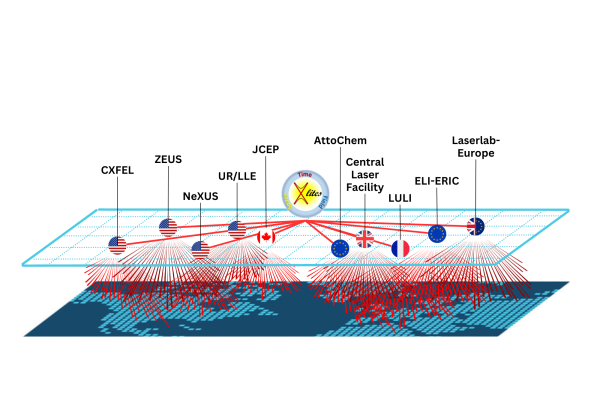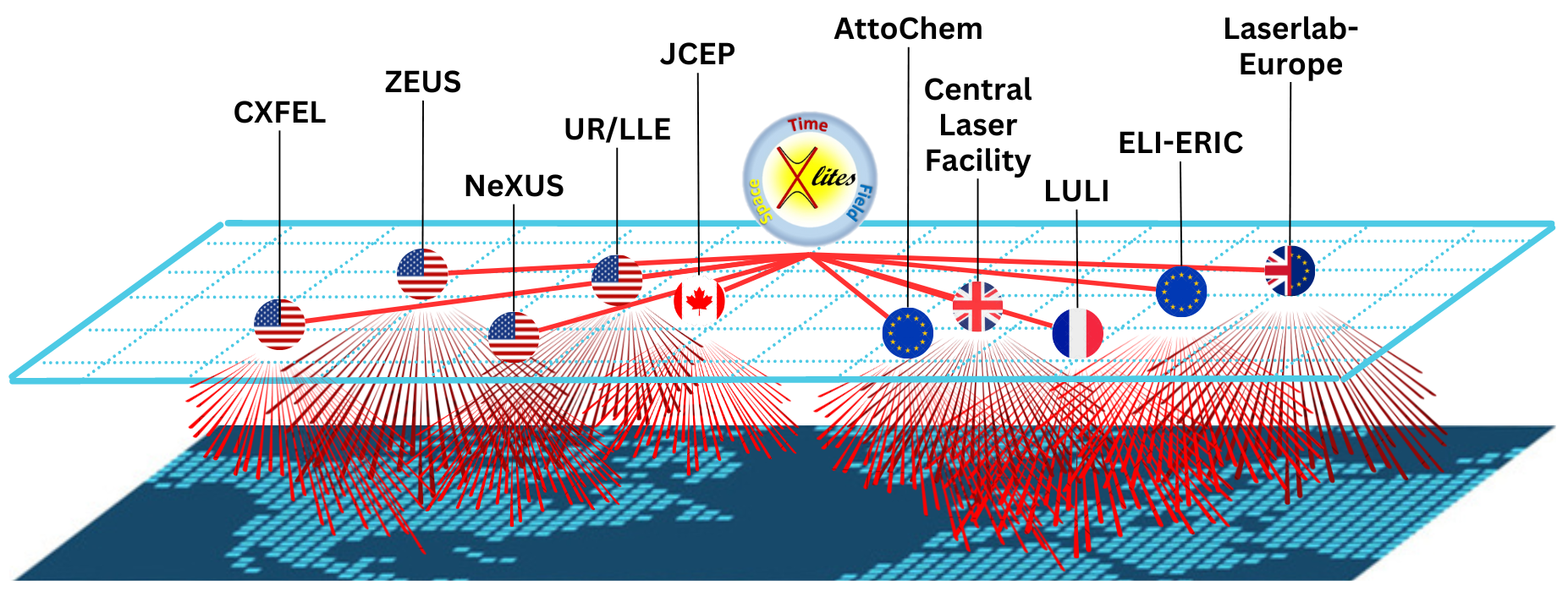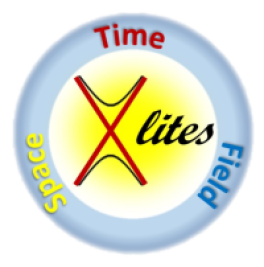NSF Awards Funding for AccelNet's X-lites Project

The Institute for Optical Science and 10 international partner organizations have been awarded two years of additional funding from the National Science Foundation (NSF) to collaborate as the “Extreme Light in Intensity, Time, and Space (X-lites)” network. X-lites is an international network-of-networks, supported by the NSF AccelNet program, that will accelerate scientific discovery enabled by light sources producing the shortest time resolution, highest field intensity, and shortest spatial resolution. The X-lites partner networks support research that spans physics, chemistry, structural biology, and engineering. Over the next two years, X-lites will support collaborations among the member networks, the education and mentoring of early career researchers, and broadening international participation in extreme light research.

About the X-lites Network
The Extreme Light in Intensity, Time, and Space (X-lites) network promotes collaboration around the world to make use of new extreme light facilities. The network is bringing together facility users and facility operators to support high-impact science and engineering using extreme light.

The X-lites Network has the following four goals:
- Strengthen collaboration among international researchers, engineers, and technologists to address the challenges and opportunities of extreme light and identify knowledge gaps.
- Engage and support the development of early career researchers and prepare them to support and lead collaborative, international research projects in extreme light.
- Improve communication within the community of extreme light researchers, reach out to potential research collaborators, and broaden public interest in scientific research.
- Broaden participation in extreme light research in dimensions of significance to all networks: diversity of countries involved, range of scientific and engineering disciplines, and participation by underrepresented groups.
